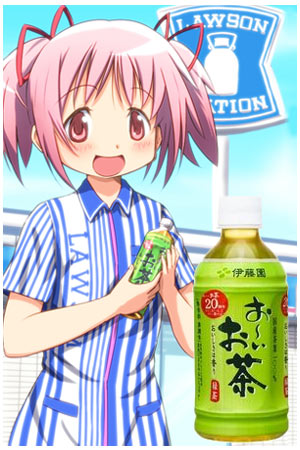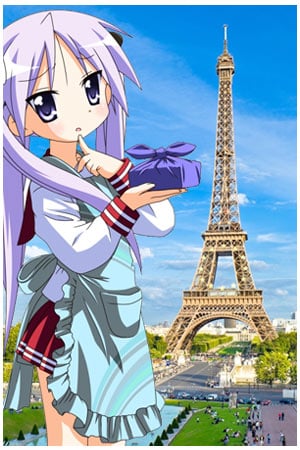Before coming to Japan, I knew the Japanese drank “green tea,” but naturally it was destined to be more complicated than that. It turns out that there are a dozen or more varieties of Asian and Western teas the Japanese consume, and during my time here I’ve worked hard to embrace them all. The most general word for green tea is お茶 o-cha, the o being the “honorific particle” that’s placed before words that have extra respect in Japanese society, and the type of tea most familiar to us would be 煎茶 sen-cha, a weak green tea that’s good for casual drinking hot or cold. Some other major varieties of tea include ほうじ茶 houji-cha, a delicious green tea that’s been roasted, 玄米茶 genmai-cha, roasted green tea that contains unpolished rice, 麦茶 mugi-cha, delicious cold barley tea for the summer months and 抹茶 matcha, the dark green tea made from matcha powder, used in tea ceremony. This covers most of the major types of tea that are considered “Japanese,” but Chinese teas are also popular here, especially oolong and jasmine. Of course the Japanese love Western black tea (called 紅茶 koh-cha, lit. “red tea”), and you can find all the major varieties here. Tea is nearly always drunk without sugar, and when Japanese go to Chinese-speaking countries like Taiwan or Malaysia, they’re flabbergasted to see bottled oolong tea with added sugar in it. J-List stocks some great types of Japanese tea and related products, if you want to browse.

Tea is king in Japan.















